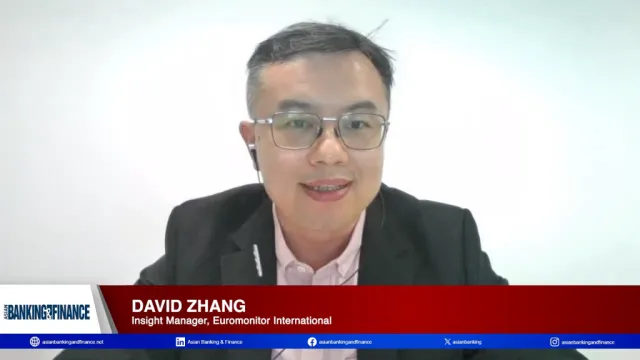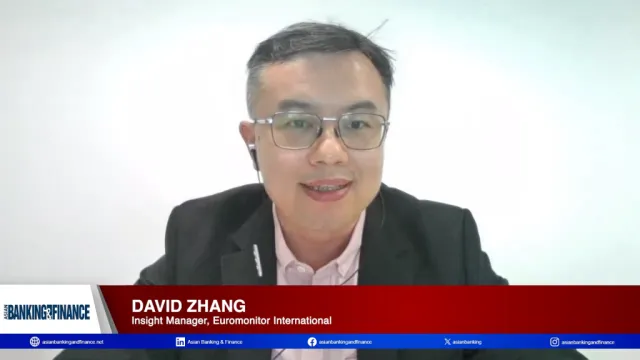
Thai banks' assets to shrink for the first time since 1997
Total assets grew a measly 1.4% in September.
According to BMI Research, Thailand's total banking sector assets are on the verge of shrinking for the first time since the aftermath of the Asian Financial Crisis. Total asset growth came in at just 1.4% y-o-y in September, while total loan growth came in at 2.5% y-o-y.
Although loan growth contracted following the Global Financial Crisis, total assets continue to grow modestly, but this time around, an outright temporary contraction in assets looks highly likely.
Here's more from BMI Research:
For the whole of 2016, we are forecasting both loans and assets to grow at 3%, before falling to 1% in 2017. This marks a revision from previous forecasts of 4% for both years.
As a share of GDP, we now see total banking sector assets declining gradually over the coming years, from 127.9% at the end of 2015 to 118.2% by end-2020.
The main driver of banking sector asset growth over the past five years has been loans to individuals. This category now represents roughly 36% of total loans, up from just 28% in 2011.
In particular, there has been a surge in auto loans over recent years, which now appears to be reversing after peaking in 2013. Such lending is actually falling sharply in absolute terms, not just as a share of total loans.
As a result, it is no surprise that non-performing loans (NPLs) are climbing. NPLs as a share of total loans hit 3.1% in September, up from 2.9% in September 2015, and the trend looks quite ominous.
Auto loans appear to be particularly at risk given the lack of collateral and as such, the reduced incentive not to default. Similarly, momentum in the country's property markets is waning, which should put downside pressure on collateral values, potentially adding to the rise in NPLs.




![Lorem Ipsum [ABF 1]](https://cmg-qa.s3.ap-southeast-1.amazonaws.com/s3fs-public/styles/exclusive_featured_article/public/2025-03/a_hand_pointing_to_a_futuristic_technology_5b87c9d0e3_1.png.webp?itok=2w0y1WhS)


![Cross Domain [Manu + SBR + ABF + ABR + FMCG + HBR + ]](https://cmg-qa.s3.ap-southeast-1.amazonaws.com/s3fs-public/styles/exclusive_featured_article/public/2025-01/earth-3537401_1920_4.jpg.webp?itok=WaRpTJwE)







 Advertise
Advertise

